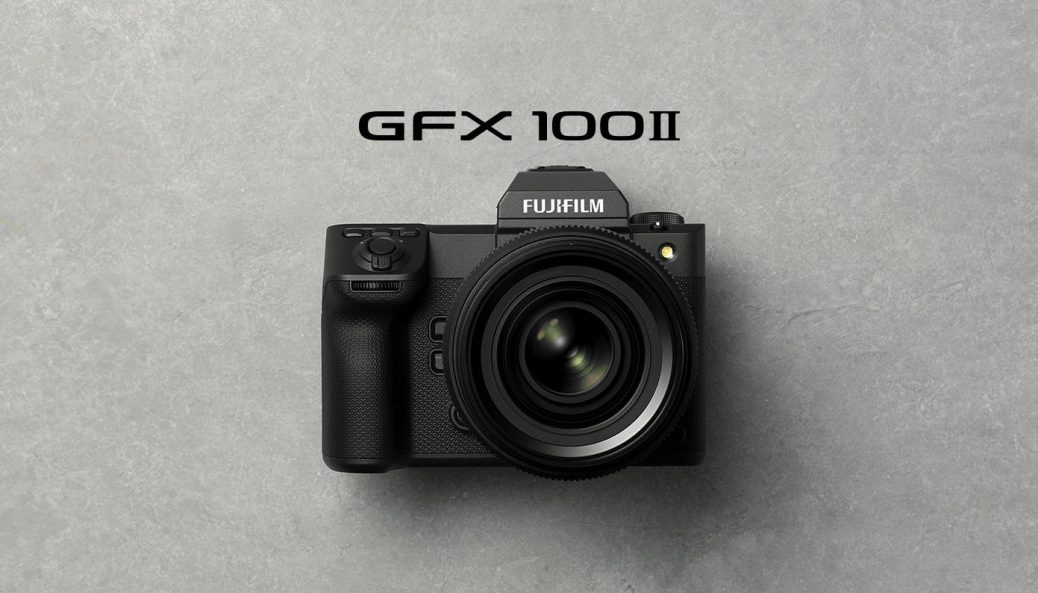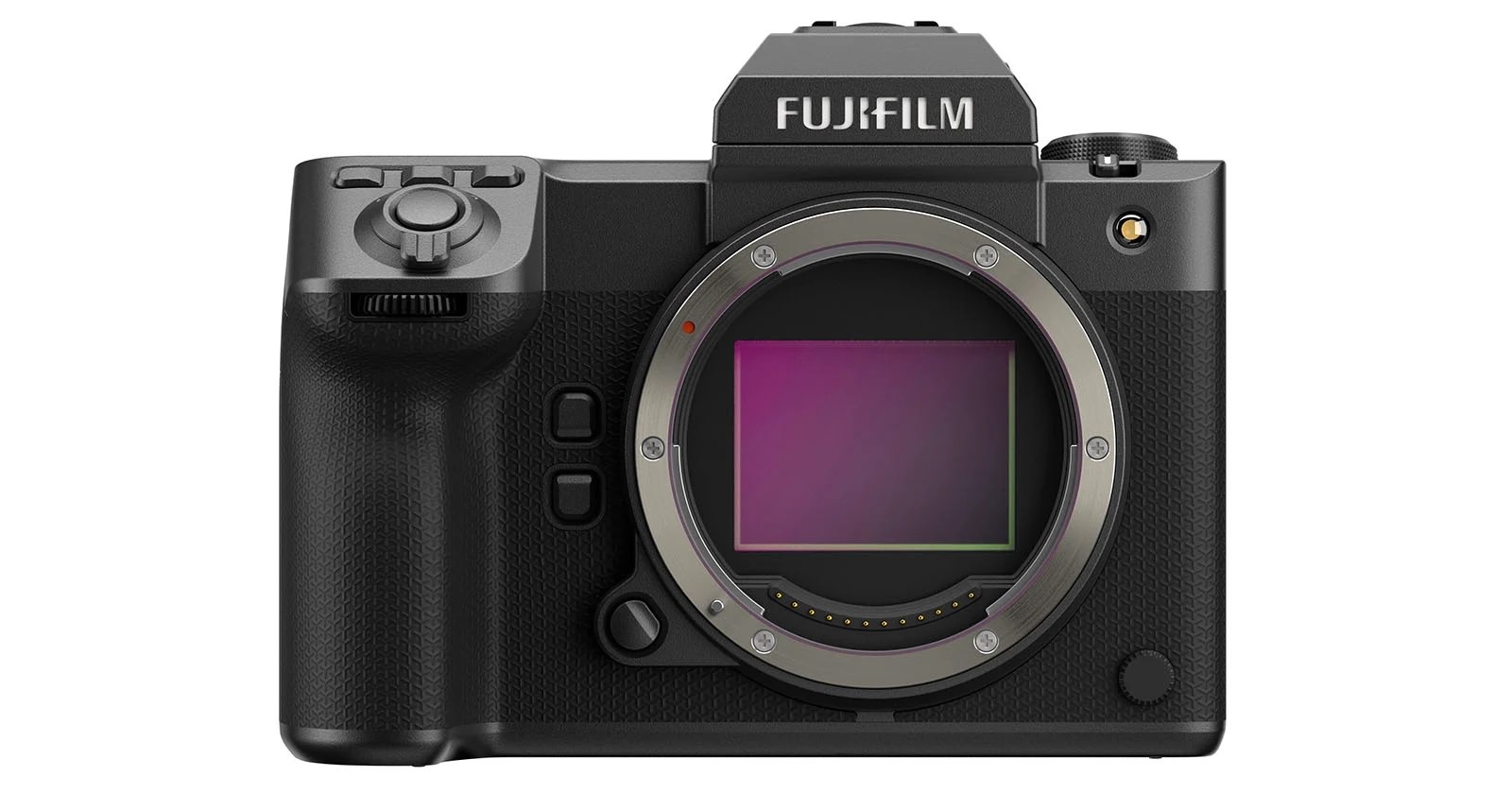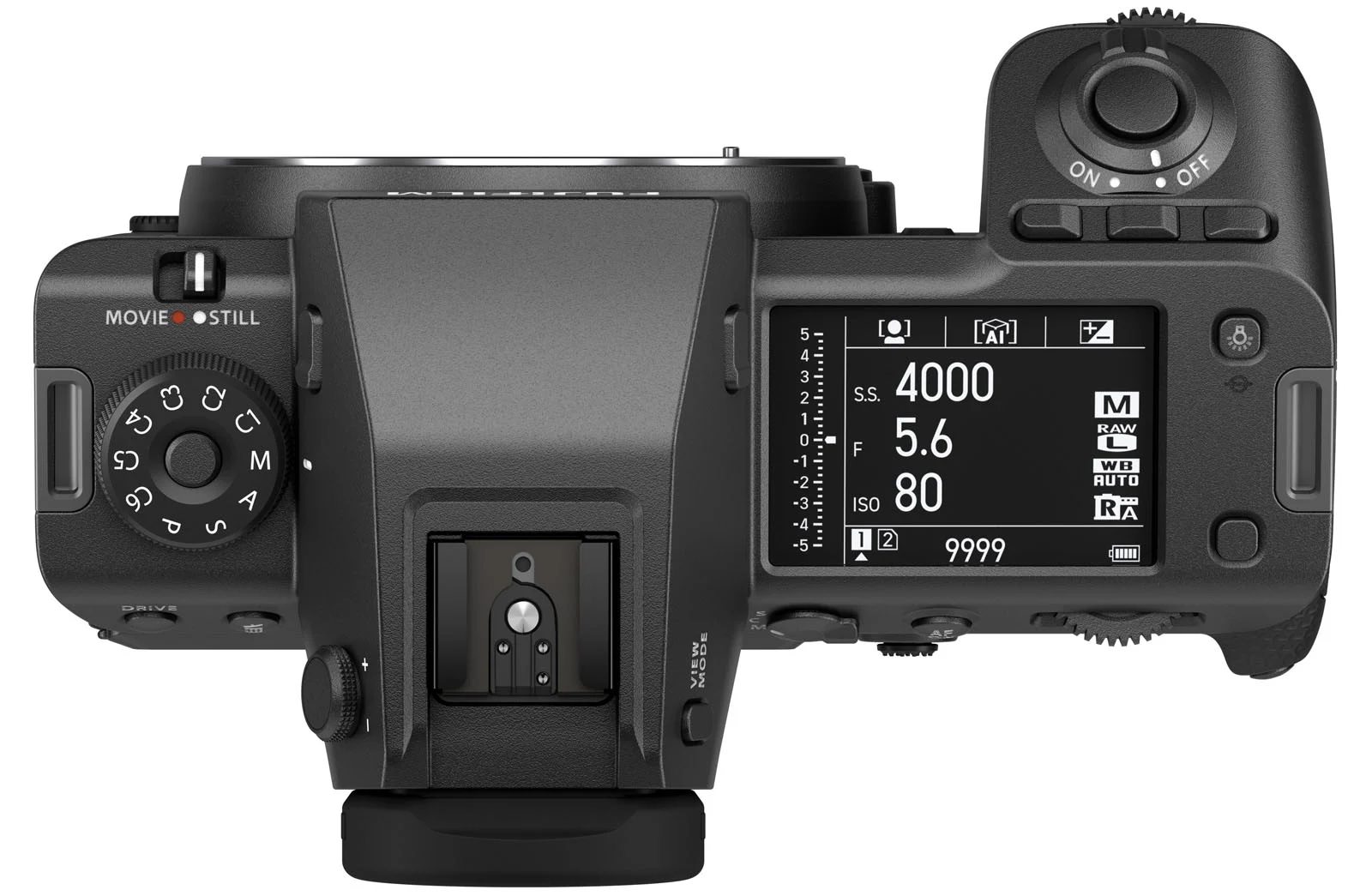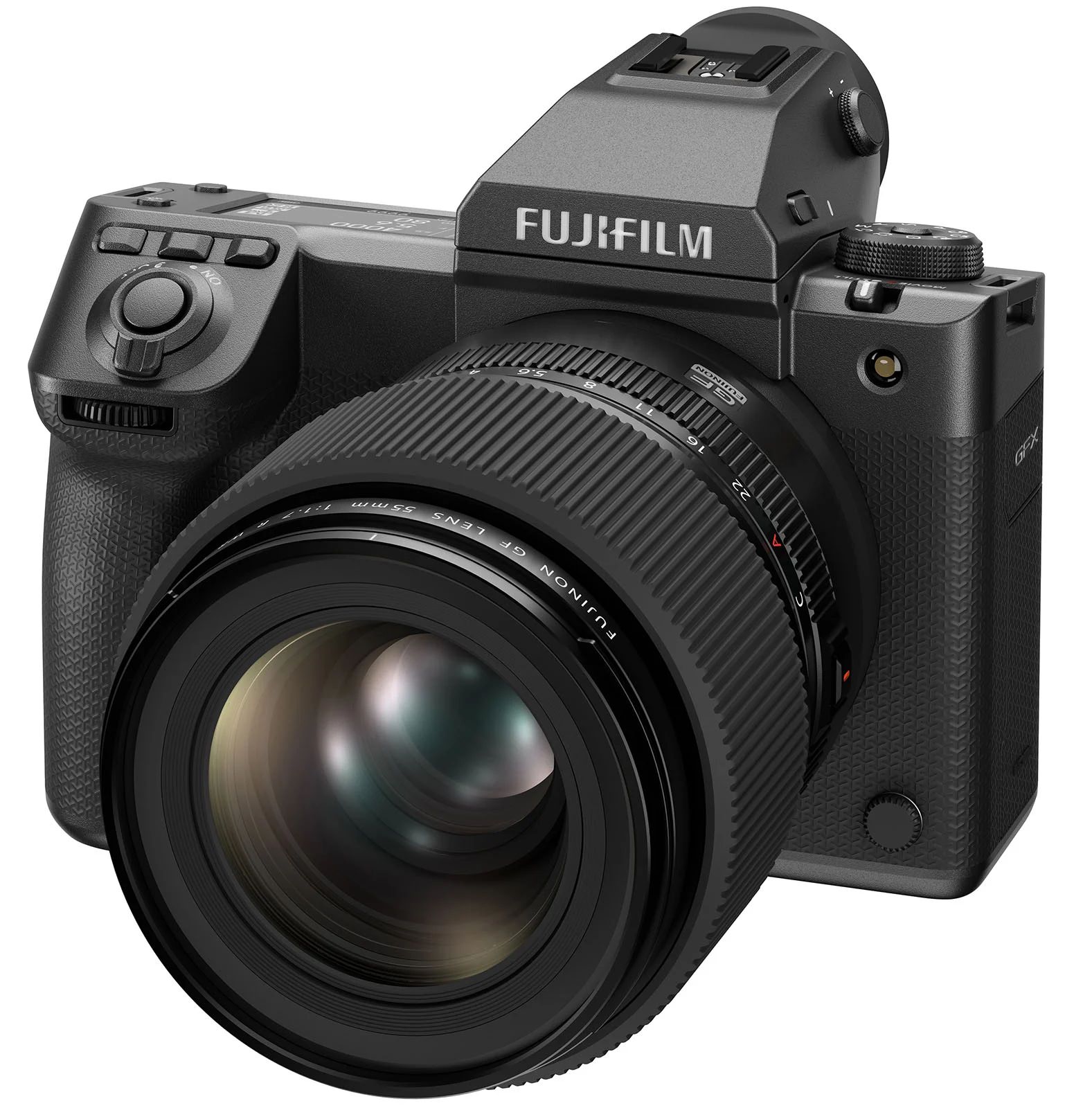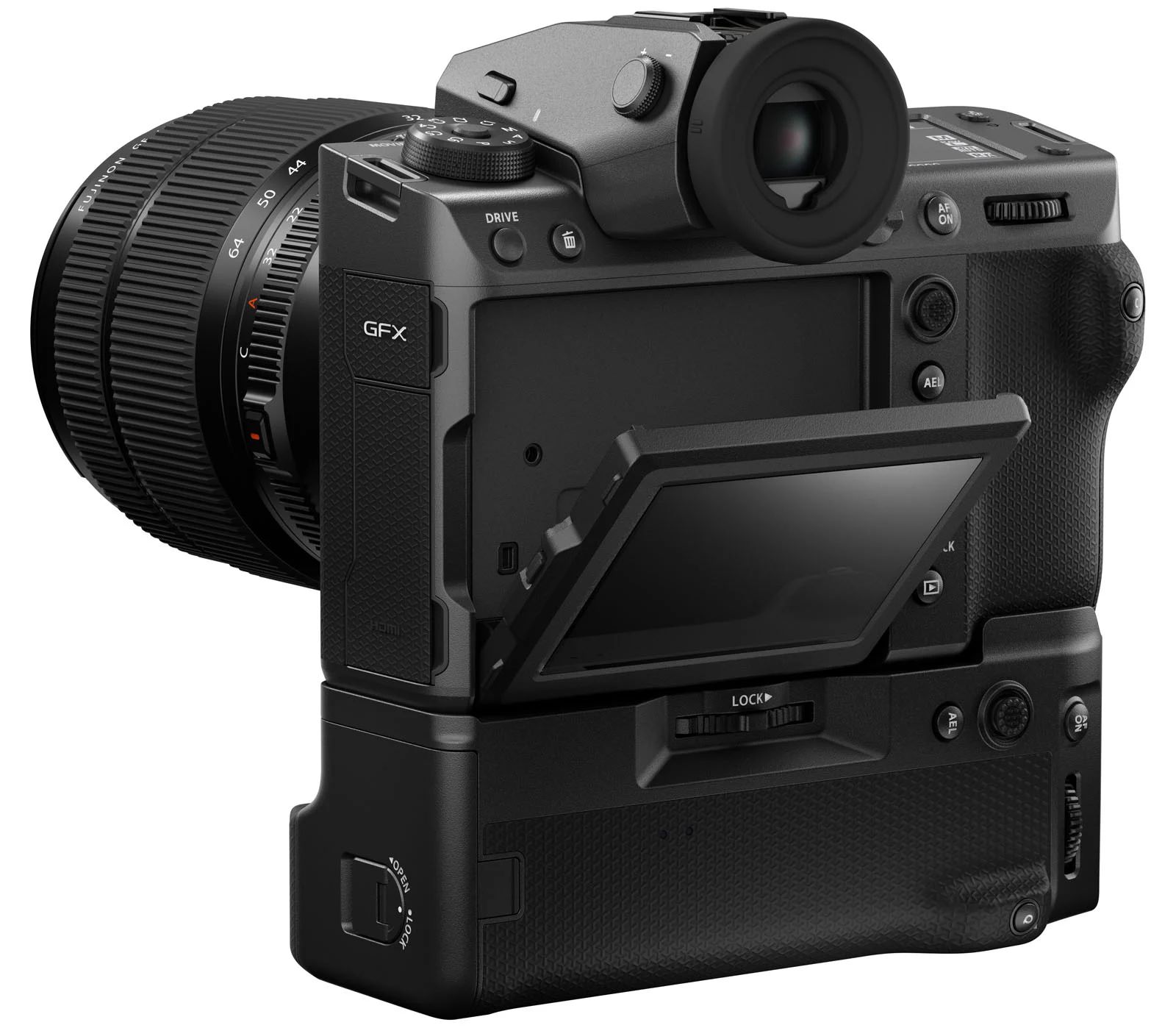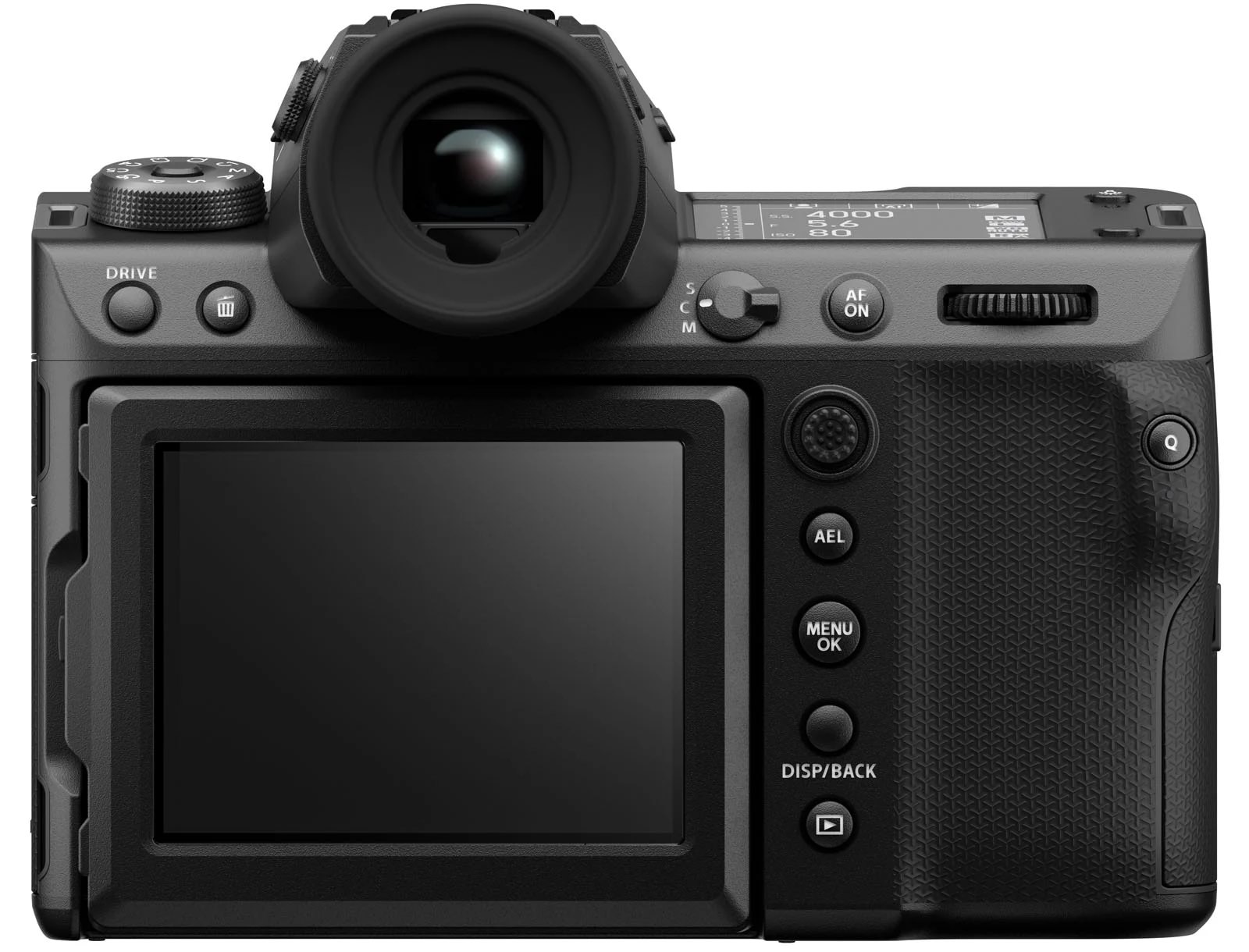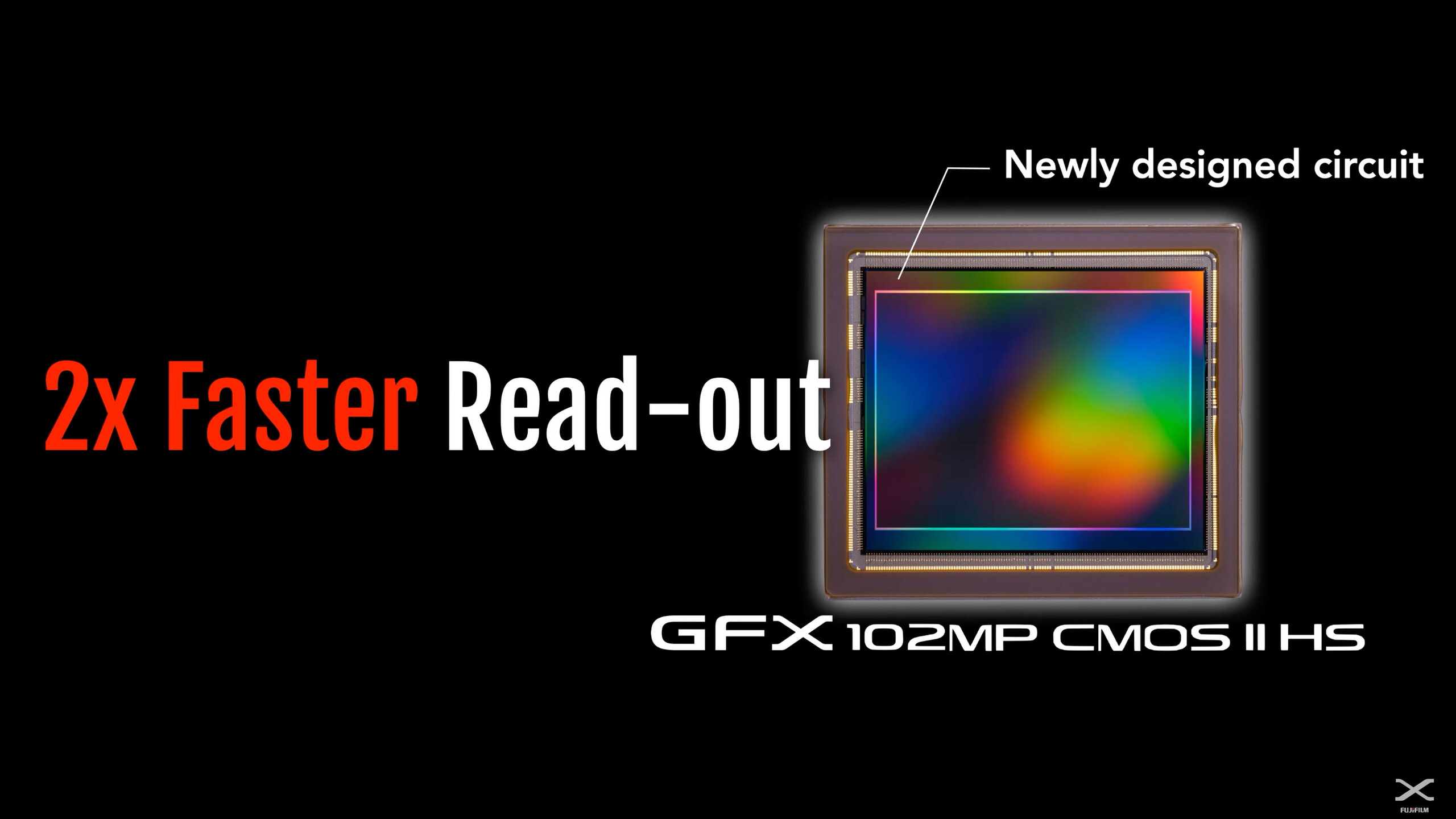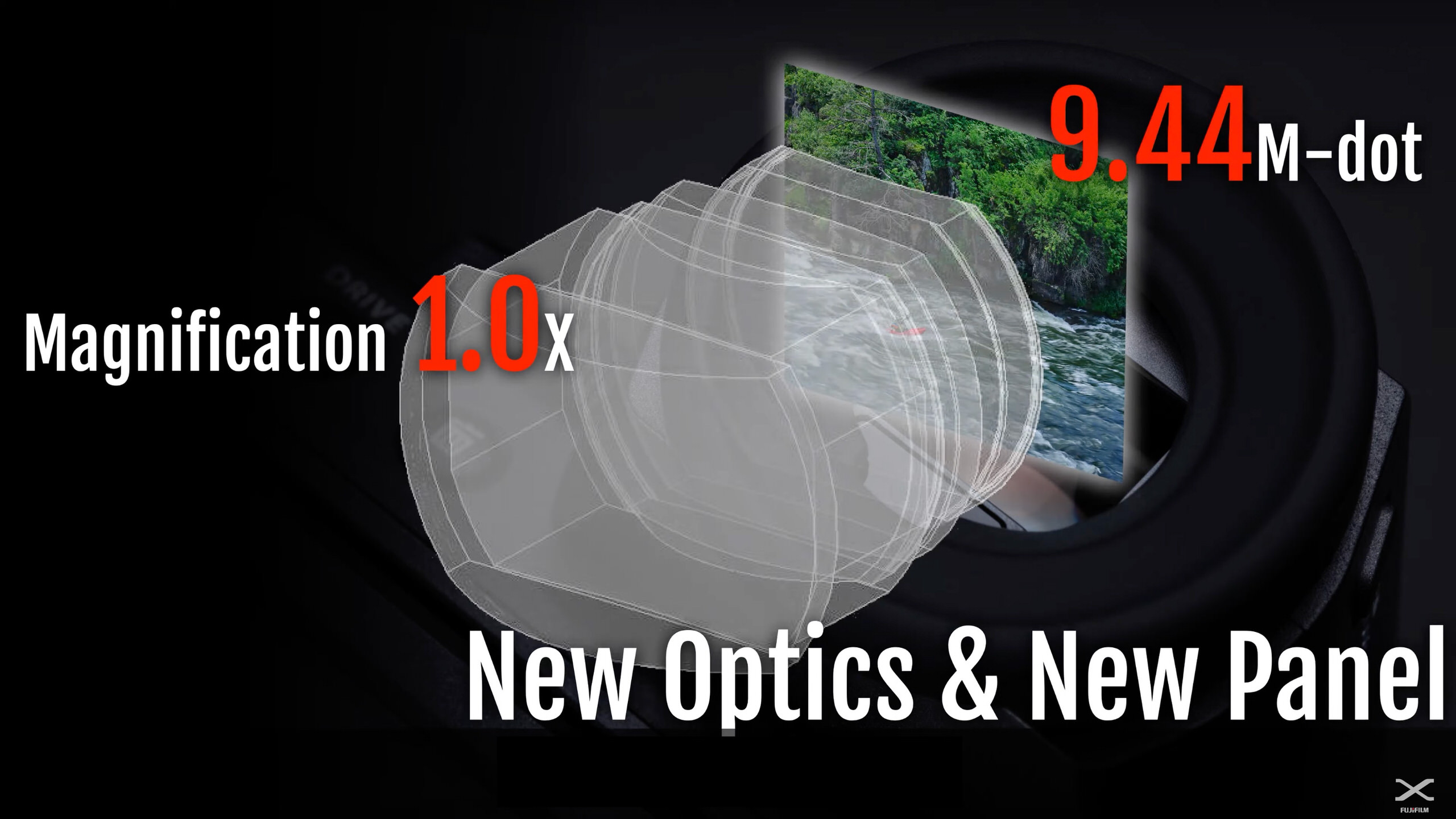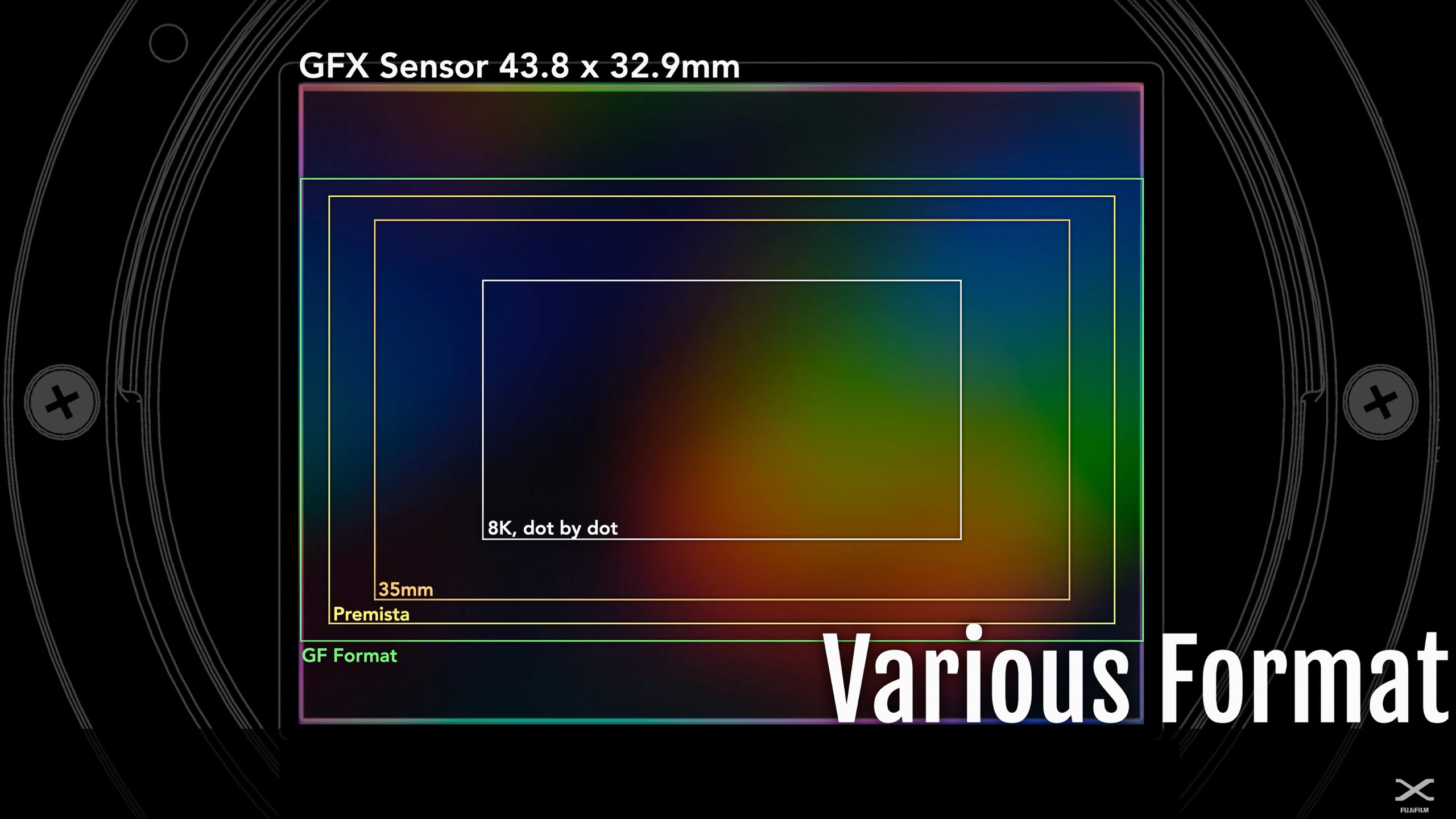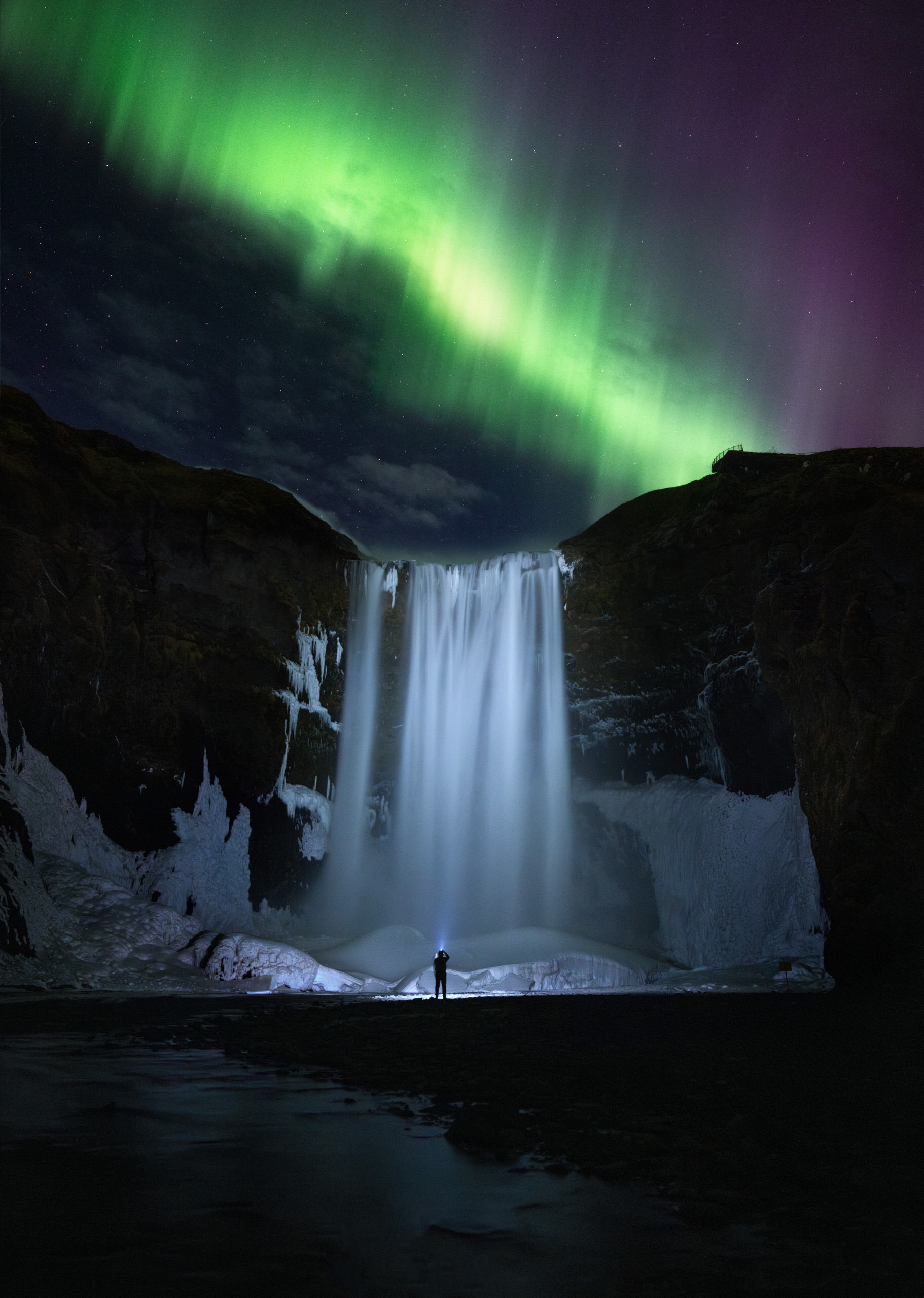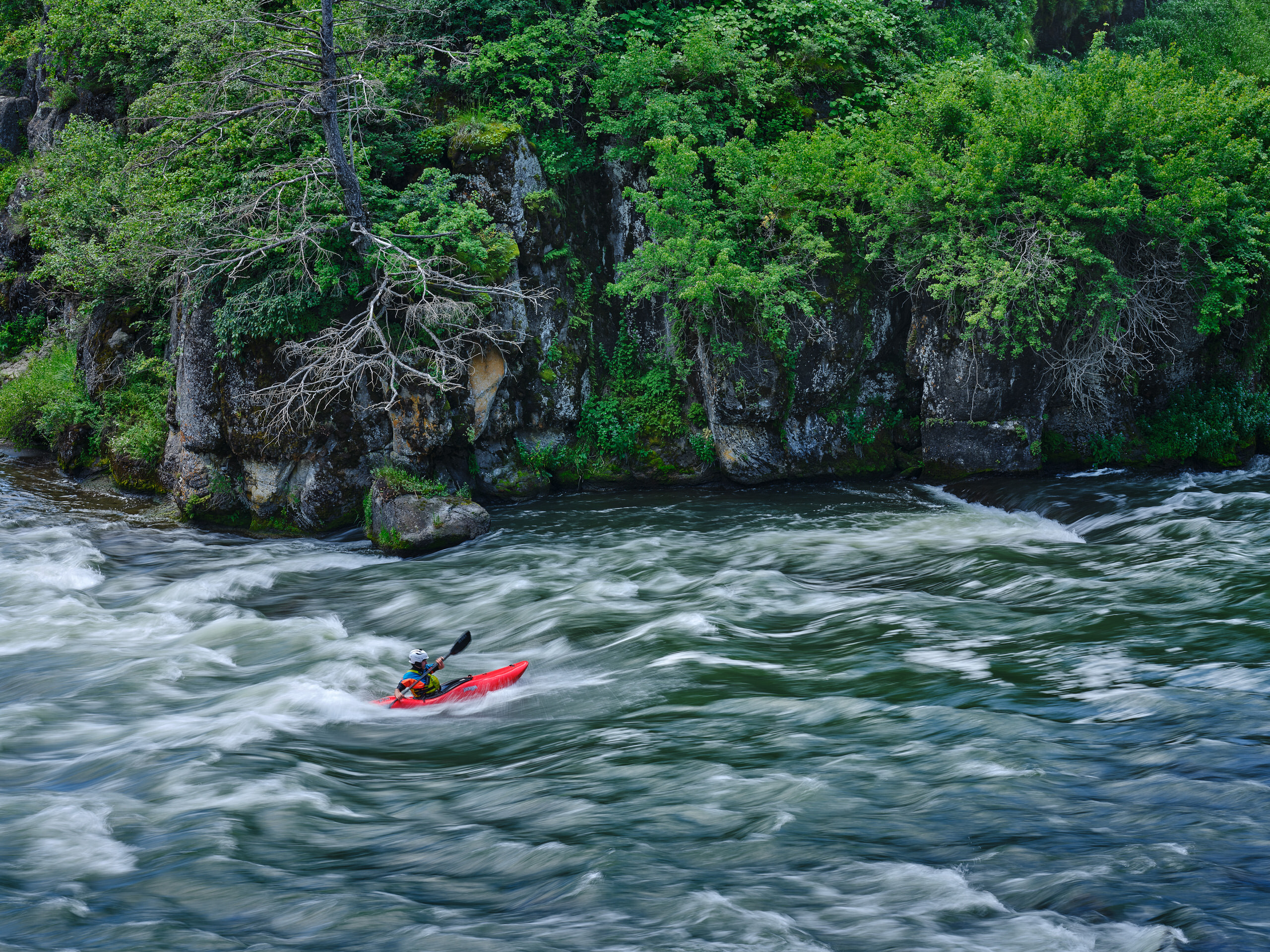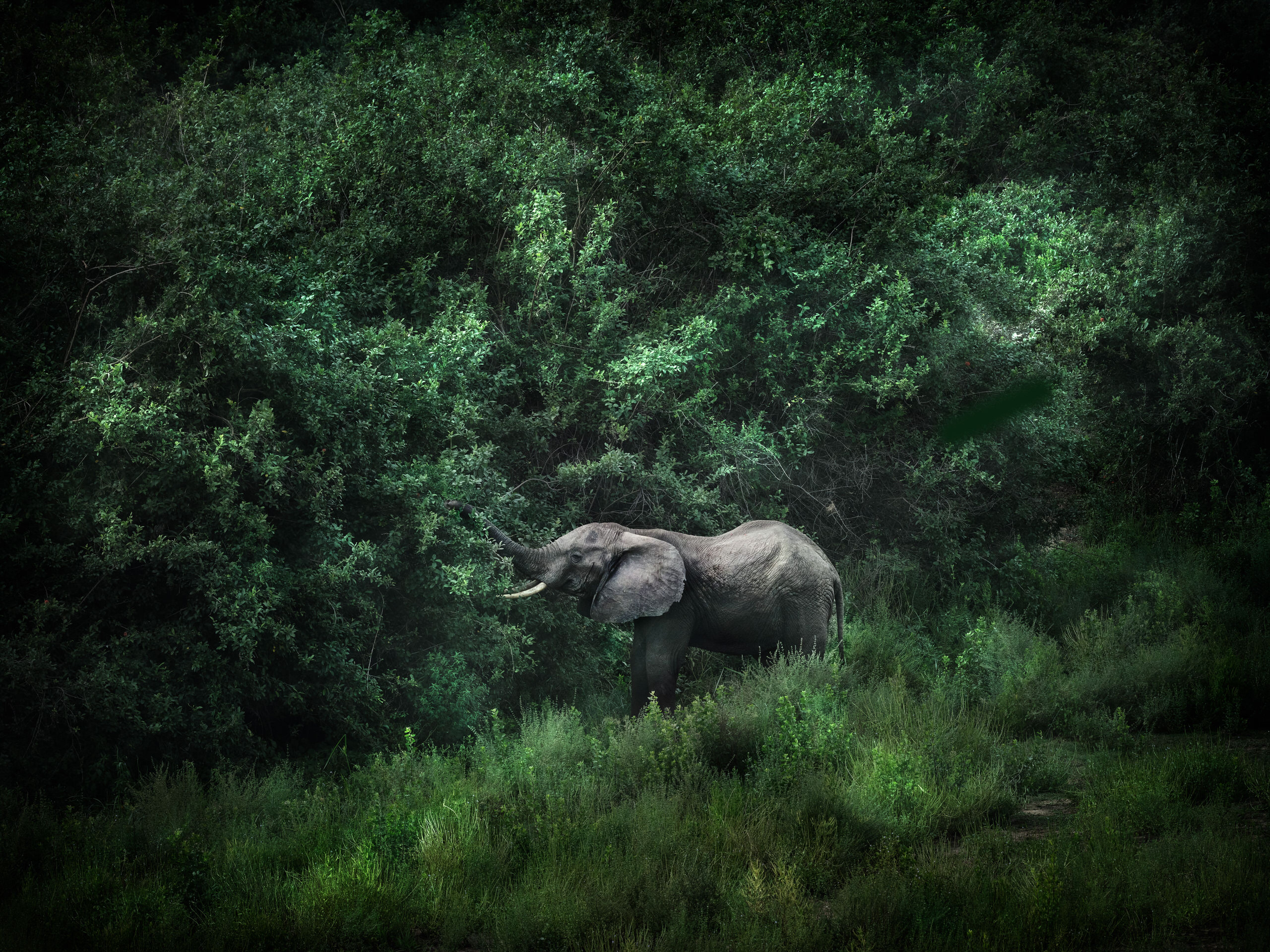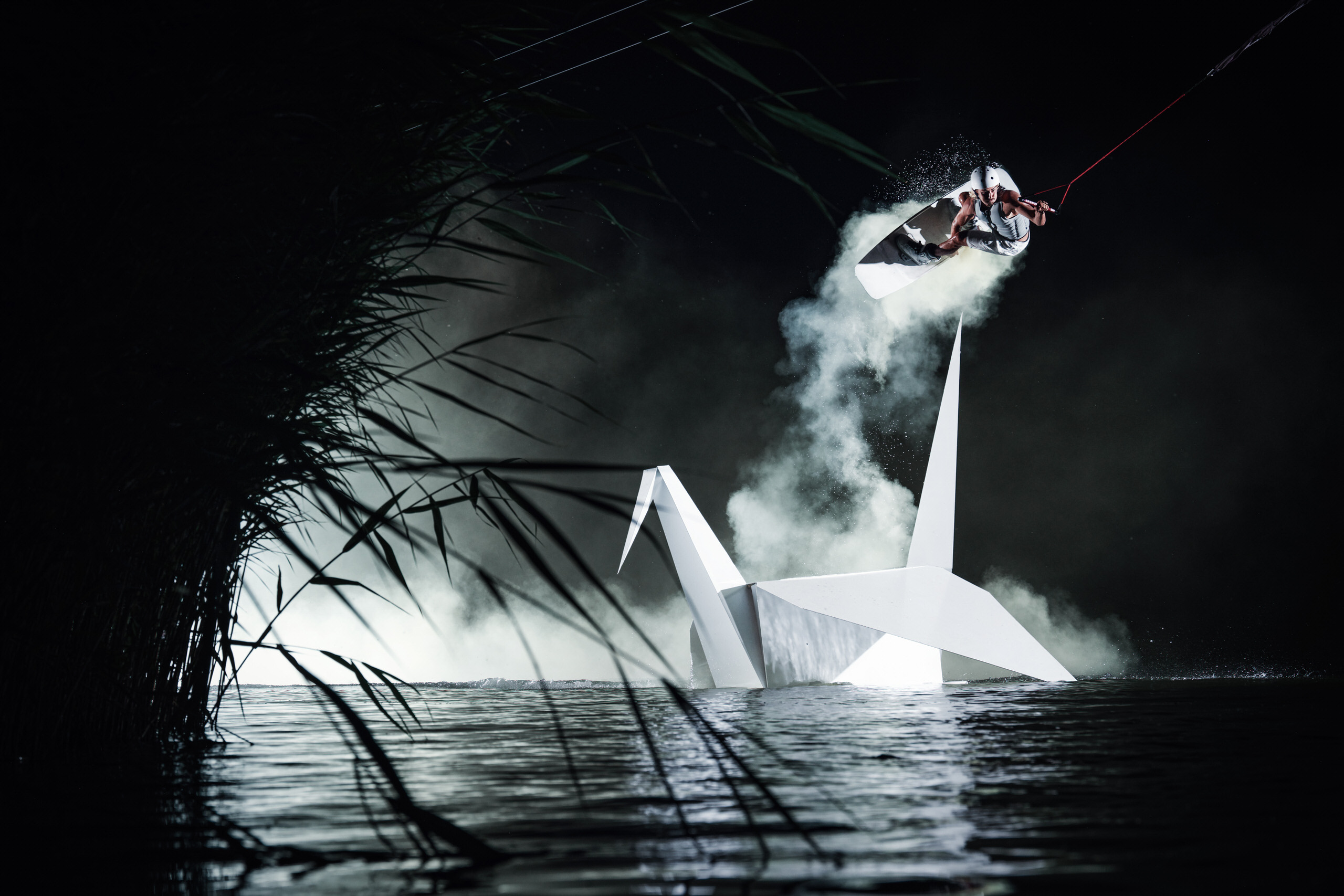Fujifilm Unveils the GFX 100 II at X Summit Event
Fujifilm revealed the GFX100 II during the X Summit in Stockholm, Sweden. It is the company’s latest flagship medium-format mirrorless camera, with improved autofocus, faster shooting, and 8K video. The Fujifilm GFX100 II features a new body design as well as a reworked 102-megapixel picture sensor with double the readout speed of the 102-megapixel sensor found in the GFX100 and GFX100S, resulting in enhancements to high-speed continuous photography, autofocus, and video.
“Imaging professionals rely on FUJIFILM GFX System cameras and lenses to take their best images to another level,” said Victor Ha, vice president, Electronic Imaging Division and Optical Device Division, FUJIFILM North America Corporation. “GFX100 II is another incredible design and engineering feat for Fujifilm. We’re incredibly excited to see the new creative heights that will be achieved with this camera when it gets into the hands of our photographers and filmmakers.”
The GFX100 II is powered by a newly built 102-megapixel CMOS II HS picture sensor and Fujifilm’s fifth-generation X-Processor 5 image processing engine. The image sensor measures 43.9 x 32.9 millimeters (or 54.86mm diagonally), making it 1.7 times larger than a full-frame sensor. The base ISO range of the 102-megapixel image sensor is 80 to 12,800, and it can be increased to ISO 40-102,400. This is a minor improvement over the image sensor of the GFX100/GFX100S, which runs from ISO 100 to 12,800 (50-102,400).
According to Fujifilm, the increased ISO range is the consequence of pixel-level advancements in sensor design. Fujifilm also claims that the new sensor’s photosites have been tuned to improve image quality at the sensor’s edges by increasing light efficiency.
GFX100 II utilizes Fujifilm’s latest high-speed image sensor, along with its advanced image processing engine, to deliver Artificial Intelligence (AI) based subject-detection autofocus (AF), which was most recently featured in the FUJIFILM X-H2S mirrorless digital camera. Developed with Deep Learning technology and updated with the latest prediction AF algorithm, GFX100 II now incorporates AI-based subject-detection AF to quickly track and detect animals, birds, vehicles, and other fast-moving objects like insects and drones, and it automatically keeps them in focus so that photographers can concentrate on framing their images and waiting for the perfect moment to make their image.
The GFX100 II has an in-body image stabilization system with five axes that can deliver up to eight stops of picture stabilization. This is a significant increase over the GFX100S’ IBIS system, which promised up to six stops of stabilization, a half-stop improvement over the GFX100. GFX100 II includes a total of 20 Film Simulation modes, including the new REALA ACE mode, which is based on Fujifilm’s color negative film, offering a neutral color reproduction suitable for all subject types.
Burst shooting capability has been enhanced from 5.0 to 8.0 frames per second, broadening the GFX100 II’s application across several genres, including as fashion, commercial, landscape, sports, and photojournalism. A larger buffer memory allows for more smooth bursts for those once-in-a-lifetime occasions.
The upgraded sensor on the GFX100 II significantly improves video production capabilities. Internally recording Apple ProRes 4:2:2 10-bit video at 4K/60p and 8K/30p is a significant first for GFX System cameras. Multiple video recording formats can be natively accepted on the GFX100 II with the use of an optional, third-party GF to PL lens converter, enabling the FUJINON PREMISTA 35mm lens and Anamorphic (35mm) cinema lenses to be easily adaptable for diverse usage, including cinematic applications. GFX100 II also supports three Apple ProRes codecs: Apple ProRes 422 HQ, Apple ProRes 422, and Apple ProRes 422 LT. The camera can generate h.264 and Apple ProRes 422 Proxy files while recording in Apple ProRes, which can help to streamline processes from production to post-production. The camera can also record directly to an attached SSD via USB-C and includes a full-size HDMI (Type A) output. The camera also includes a LAN terminal.
The Fujifilm GFX100 II is the first camera to be natively integrated with Frame.io Camera to Cloud, as the X-H2 requires a specific grip to work with Frame.io Camera to Cloud. Using the camera’s built-in Wi-Fi or Ethernet LAN connection, the GFX100 II can send high-resolution RAW or JPEG photographs or movies (H.264 proxy) directly to the cloud seconds after capture.
The GFX100 II combines the GFX100 and GFX100S designs. While the GFX100, like the original GFX50S, is a graphite gray dual-gripped camera with a removable electronic viewfinder, the GFX100S has a more compact SLR-style chassis and an inbuilt lower-resolution EVF. The GFX100S is also incompatible with a vertical battery grip, which is a significant disadvantage when compared to the original GFX50S.
The GFX100 II, on the other hand, initially resembles the GFX100S but incorporates some of the GFX100’s best features, including a removable electronic viewfinder and compatibility with an optional battery grip.
In terms of EVF, the GFX100 II outperforms both other GFX100 cameras. The GFX100 II sports an OLED EVF with 9.44 million dots and 1.0x magnification. The GFX100’s 5.76-million-dot EVF (0.86x magnification), while impressive, appears dated in comparison to the GFX100 II’s new EVF. The top of the GFX100 II has undergone substantial alterations. The GFX100 II, like the GFX100S, incorporates a classic mode dial. The GFX100 II, like the GFX100, has a large top information display with room for exposure compensation, shooting mode, shutter speed, aperture, ISO, autofocus mode, subject detection, and more. The information screen takes up nearly the full right side of the camera’s top panel. The GFX100 II adds three configurable function buttons beneath the shutter release, likely offering direct control over at least ISO and exposure compensation at default settings.
Turning the camera around exposes a new texture on the GFX100 II’s grip. It also demonstrates that, like the GFX100 and GFX100S, the GFX100 II does not include a directional pad, instead relying solely on a joystick for focusing control and menu navigation.
When examining the GFX100 II from the back, another slight design difference is visible: a tilted top panel. This small tilt to the camera’s top is intriguing.
Here are some sample pictures:
GFX100 II is expected to be available in early fall 2023 at $7,499.95; more info on Fujifilm’s website.

